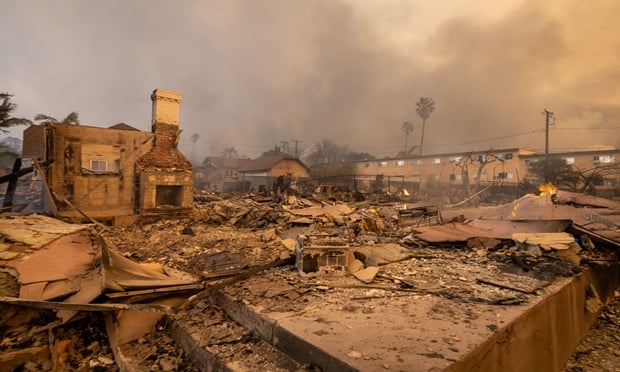Just as the Sept. 11, 2001 terrorist attacks against the World Trade Center and the Pentagon was a wakeup call for insurers about the need to plan for the relatively new exposures posed by man-made catastrophes, the record 2005 natural disaster losses reminded these same carriers that not only have the old risks not disappeared, but they can still pack a wallop.
In response, experts in catastrophe modeling say the technology underwriters use to prepare for the worst is constantly evolving–thanks to new scientific developments and also new experiences to feed the models. The more data, the better.
Dan Munson, vice president of marketing and sales for Boston-based CDS Business Mapping, has seen a new awareness among his carrier clients for the need to ensure that pricing and concentration meet a carrier's exact standards.
Recommended For You
Want to continue reading?
Become a Free PropertyCasualty360 Digital Reader
Your access to unlimited PropertyCasualty360 content isn’t changing.
Once you are an ALM digital member, you’ll receive:
- Breaking insurance news and analysis, on-site and via our newsletters and custom alerts
- Weekly Insurance Speak podcast featuring exclusive interviews with industry leaders
- Educational webcasts, white papers, and ebooks from industry thought leaders
- Critical converage of the employee benefits and financial advisory markets on our other ALM sites, BenefitsPRO and ThinkAdvisor
Already have an account? Sign In Now
© 2025 ALM Global, LLC, All Rights Reserved. Request academic re-use from www.copyright.com. All other uses, submit a request to [email protected]. For more information visit Asset & Logo Licensing.








